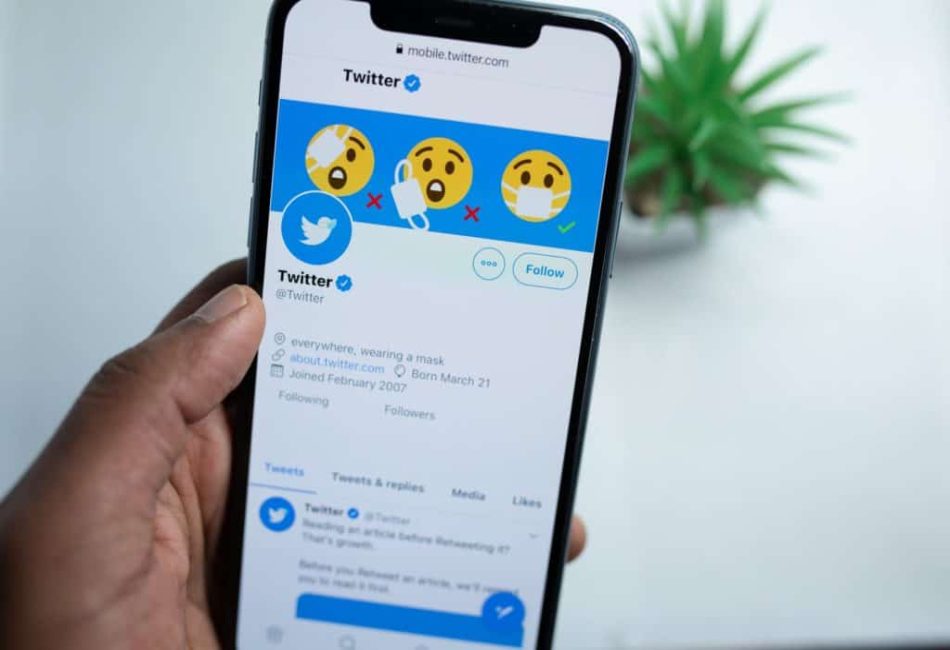Twitter threads are one of the best ways to share detailed thoughts while keeping readers hooked. But let’s be honest—people scroll fast. If you want them to stick around for your entire thread, you need to make it engaging from the start.
Here’s how you do that.
Start with a Hook That Makes People Stop Scrolling
Your first tweet is everything. If it doesn’t grab attention, the rest of your thread won’t matter because no one will read it. The key is to make your opening tweet irresistible—either by sparking curiosity, making a bold statement, or promising something valuable.
For example, say you’re writing a thread about why people should clean their air ducts. Instead of starting with a statement like “Cleaning air ducts is important for air quality,” try:
“If your home is making you sick, your air ducts might be the culprit. Here’s how dirty ducts can ruin your health—and what you can do about it.”
This opening makes people curious. It hints at a problem they might not know about and promises a solution.
Keep Each Tweet Concise but Compelling
Each tweet in your thread should be short, easy to understand, and add something new. Avoid long, dense paragraphs—Twitter is designed for quick reading.
A great way to structure your thread is by using a clear step-by-step breakdown. Let’s say you’re explaining how to grow an email newsletter. Instead of dumping all the information into one tweet, you can structure it like this:
- Tweet 1: Hook (capture attention)
- Tweet 2: Context (why this matters)
- Tweet 3-5: Actionable tips (step-by-step)
- Tweet 6-8: Examples or results (real-life proof)
- Tweet 9-10: Conclusion and CTA (wrap it up, encourage engagement)
For instance, in a thread about email growth, you might include tweets like:
“Want to grow your email list? The biggest mistake people make is relying only on social media. Here’s a better way to get consistent subscribers.”
Then, follow up with short tweets explaining strategies like lead magnets, referral programs, and audience segmentation. Keeping each point concise ensures readers stay engaged.
End with a Strong Takeaway or Call to Action
Your final tweet should leave an impact. Whether you want to drive engagement, encourage action, or simply reinforce your message, your last tweet should be memorable.
Here are a few ways to end your thread:
- A key takeaway: “Consistency and value are the keys to growing your email list. Focus on helping your audience, and the subscribers will follow.”
- A question to spark replies: “What’s been your biggest challenge with email growth? Reply and let’s discuss!”
- A call to action (CTA): “Found this useful? Retweet the first tweet so more people can grow their email list!”
A good Twitter thread is a story that pulls people in and keeps them engaged. Try these tips!
